Kategori: In English
-
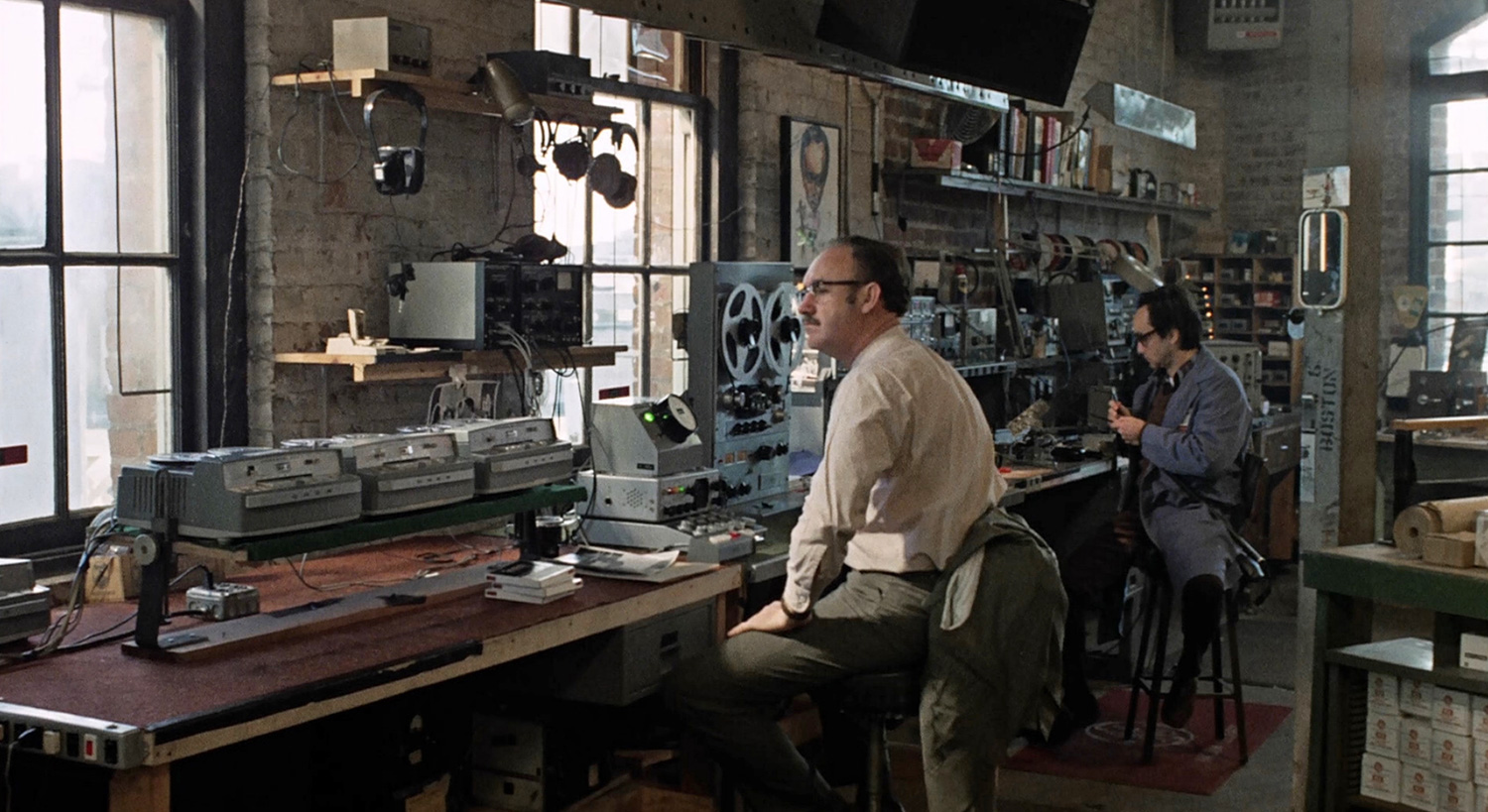
Unsung Heroes and Silent Pioneers: An Interview with Sound Designer Walter Murch
IN ENGLISH. Preparing a book on sound design in films and television, Andreas Halskov has talked with Walter Murch about film sound, listening and technology, focusing on Murch’s sonic inventiveness and his long-standing collaborations with George Lucas and Francis Ford Coppola.
-
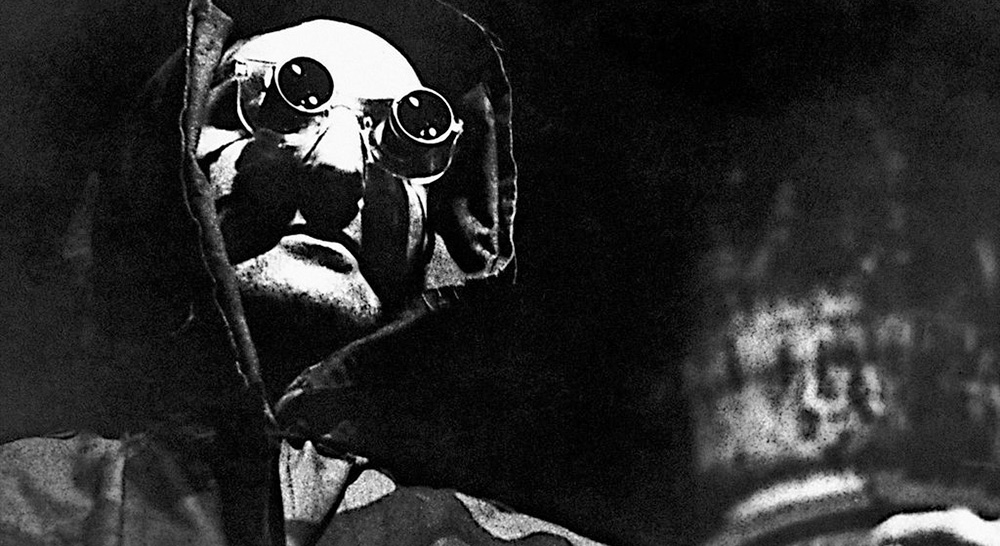
The Frozen Frame as an Immortal Object: Reflections on Chris Marker’s La Jetée
IN ENGLISH. Chris Marker’s La jetée (1962) has intrigued many critics, who have for the most part focused on the narrative and the form of the film. Instead of pursuing this angle, Sébastien Doubinsky explores how La jetéequestions the notions of memory, history and power through an artificial construction that goes against the conventional definition of a moving picture.
-
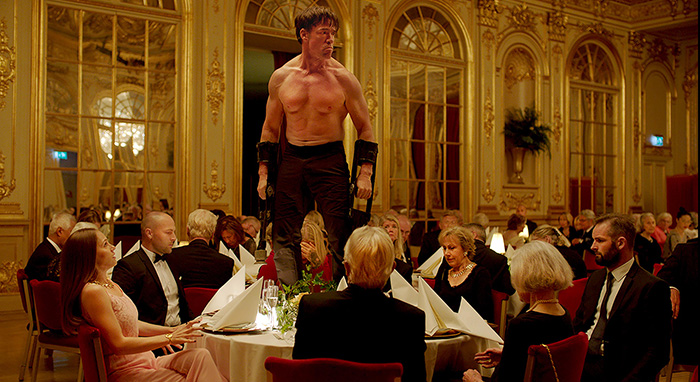
The Origins of Ruben Östlund’s Long-Take Style
VIDEO-ESSAY. Having won the Palme d’Or in 2017, it is no surprise that Ruben Östlund draws from other prizewinning directors like Michael Haneke and Roy Andersson. But you wouldn’t expect a Palme d’Or-winning director to find stylistic inspiration in skiing films and on YouTube. Mathias Bonde Korsgaard traces the unlikely origins of Östlund’s long-take style.
-

Master of None, Atlanta, and Audience Engagement in Contemporary US TV Comedy
IN ENGLISH. How do contemporary television distribution methods and consumption practices influence TV comedies? How are texts, production routines and ways of engaging the audience reshaped? Critically acclaimed TV series Master of None (2016-) and Atlanta (2016-) are good examples of such deep tranformations, leading to a reinvention of the comedy genre.
-
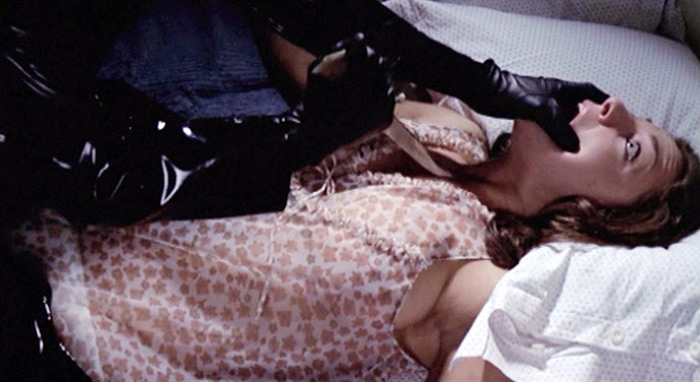
Touching the Colour and Sound of Your Body’s Tears: Affect and Homage in the Neo-Giallo
IN ENGLISH. The original cycle of giallo films were infamous for their scenes of murder presented in lurid and graphic detail. Although dismissed at the time as exemplifying the traits of ‘bad’ filmmaking, these films have since become highly influential. Lindsay Hallam argues that the neo-giallo focuses less on recreating a giallo narrative, and more on evoking sensory responses through vivid colour schemes, psychedelic soundtracks, and visceral imagery.
-
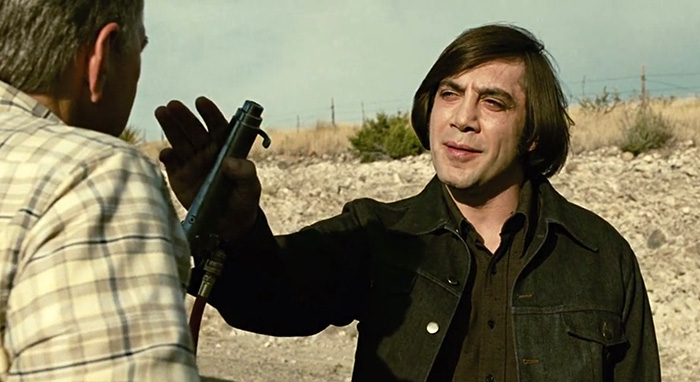
“A Monster for the Ages”: Anton Chigurh and the Image of Evil
IN ENGLISH. Anton Chigurh, the main villain of the Coen Brothers’ No Country for Old Men (2007), has been called a ”Monster for the Ages.” What makes him so? Jens Kjeldgaard-Christiansen shows how a moral psychological perspective can render the aesthetically supercharged antisociality of the character intelligible.
-
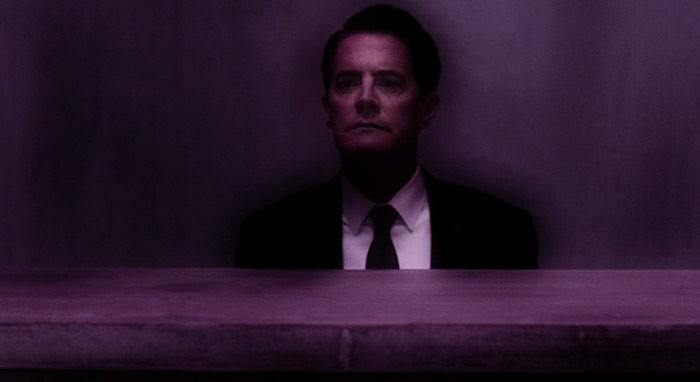
No Place Like Home: Returning to Twin Peaks
IN ENGLISH. In terms of style and content, the new Twin Peaks is radically different from the original series, and it includes abstract references to different David Lynch productions while combining familiar faces and places with new situations, stylistic choices and characters. In many ways, the new series is about “returning,” about going back and trying to rediscover or even recreate Twin Peaks, but the revival is not a nostalgic revisit to a cozy, All-American small-town. That gum you like has come back in a different style.
-
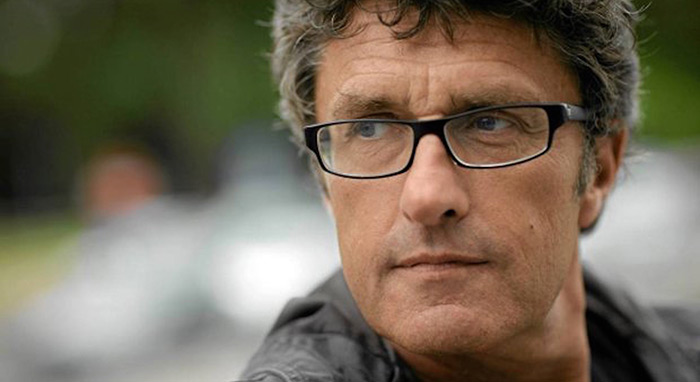
‘Girls Are the New Men’: An Interview with Pawel Pawlikowski
INTERVIEW. After cutting his teeth as a filmmaker with a series of acclaimed documentaries for the BBC during the 1990s, Pawel Pawlikowski (born 1957) was named Most Promising Newcomer by BAFTA for his feature début Last Resort (2000); the follow-up, My Summer of Love (2004), won the BAFTA award for Best British Film of the Year. But neither picture felt obviously British, since each reflected a border-zone existence (literal or figurative) in a sometimes beautiful, sometimes horrific country.
-
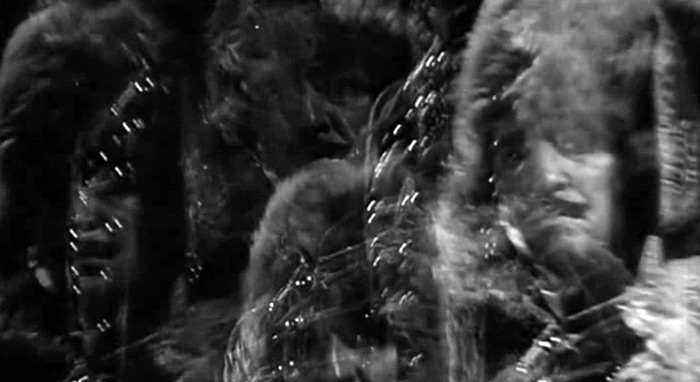
That Intense Lyricism: A Brief History of Slovak Cinema From Its Inception To the New Wave
IN ENGLISH. Czech and Slovak film are often seen as two sides of the same coin, but Slovak cinema actually has a unique tradition in its own right, and a Slovak aesthetic or sensibility has evolved since the earliest days of its cinematic history. Nicholas Hudac takes us through the early history of Slovak cinema, trying to pinpoint the defining features of Slovak film while placing it in a cultural and historical perspective.
-
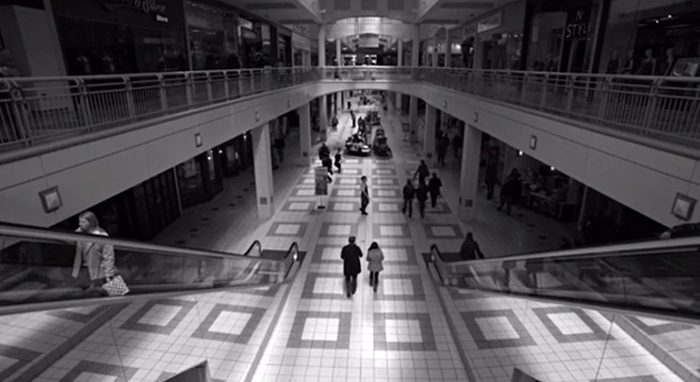
Better Call Gilligan: Revisiting the Audiovisual Design of Breaking Bad and Better Call Saul
IN ENGLISH. The drama series Breaking Bad and Better Call Saul have been lauded for their unique audiovisual design, often described as “artsy” or “cinematic.” In this article, which is based on interviews with cinematographer Arthur Albert, sound designer Edmond J. Coblentz and supervising sound editor Nick Forshager, Andreas Halskov revisits the audiovisual style in the two shows, trying to define Vince Gilligan’s signature style.
-
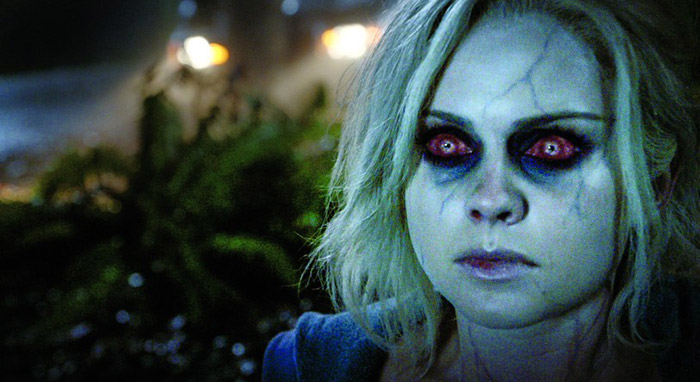
iZombie: The New Voice of the Zombie Apocalypse
IN ENGLISH. Zombies have never been more popular than in twenty-first century media as they spread virally from cinema and computer games to graphic novels and television. With each new incarnation, they undergo a transformation, sometimes subtle and sometimes drastic, but these changes impact upon how we engage with and understand the zombie. Stacey Abbotts investigates this phenomenon, focusing on one modern zombie series: iZombie (CW 2015-).
-
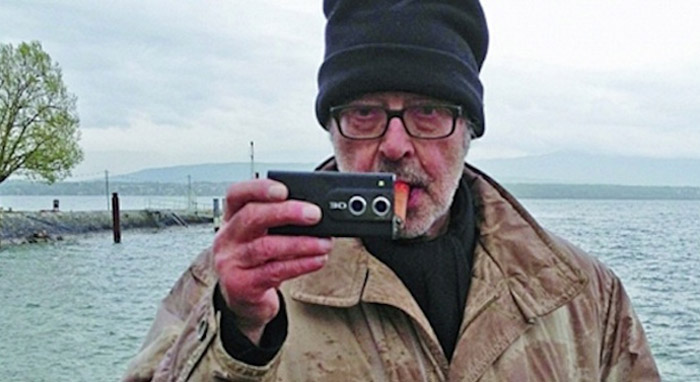
Godard in Wall-eyed 3D
IN ENGLISH. Godard’s 3D-film Adieu au langage (2014) shapes a new cinematic aesthetic of 3D that is decidedly non-immersive. Placing the film in the history of Godard’s cinema and in the history of 3D cinema, Mathias Bonde Korsgaard argues that the film at once points to a potential crisis of the 3D film as well as its radical artistic possibilities.
